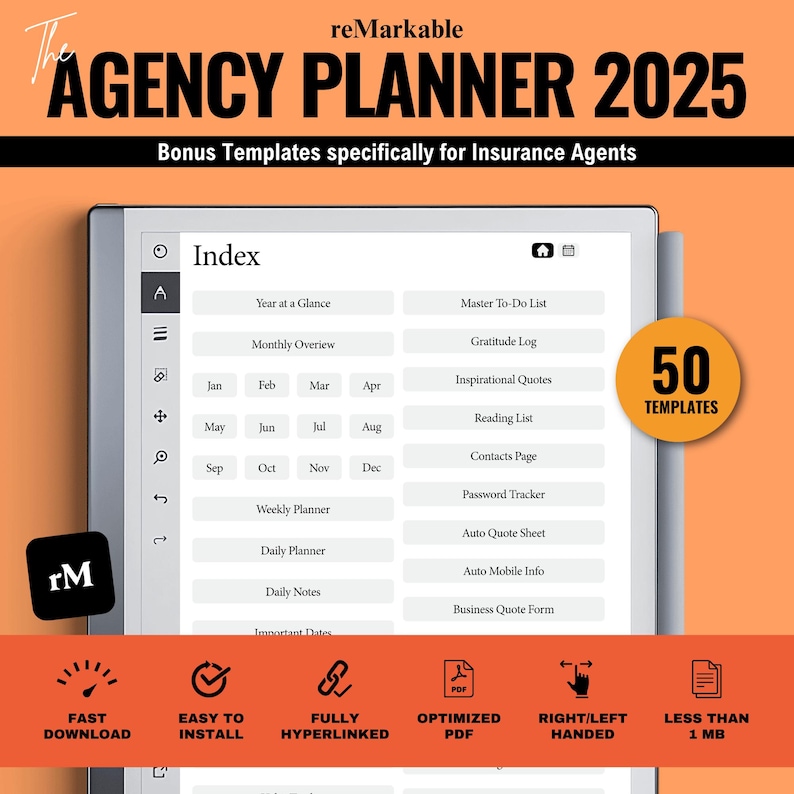When it comes to protecting vacant properties, obtaining the right insurance coverage is crucial—but the quoting process is often more complex than standard home insurance. Insurers don’t simply glance at an empty building and offer a premium; they conduct a thorough evaluation to understand the risks involved with insuring a property that’s unoccupied. This careful scrutiny helps them determine the level of coverage needed and the cost to homeowners or investors. In this article, we’ll explore the key factors insurers check when quoting vacant property insurance, shedding light on what influences their decisions and what property owners need to prepare.
Table of Contents
- What Property Condition Details Influence Insurance Quotes
- How Location and Security Measures Affect Risk Assessment
- Evaluating Vacancy Duration and Intent for Coverage Eligibility
- Recommendations for Maintaining Insurability During Property Vacancies
- In Summary
What Property Condition Details Influence Insurance Quotes
When insurers evaluate a vacant property for coverage, they focus extensively on the condition of the building to assess the risk involved. Factors like structural integrity, age, and recent maintenance history play a critical role in determining the premium. Properties with outdated electrical systems, deteriorating roofs, or evident water damage are flagged as higher risks due to their increased vulnerability to incidents such as fire or leaks. Additionally, signs of pest infestations or neglect can significantly raise concerns, prompting insurers to apply steeper premiums or impose specific coverage limitations.
Beyond the physical state, insurers also consider specific features that impact security and overall safety. This includes the presence of working alarms, secure locks, and boarded-up windows, all of which contribute to risk mitigation. They look for visible evidence of upkeep measures, such as cleared gutters and functioning drainage systems, which reduce the chance of avoidable damage. In summary, insurance quotes hinge on a detailed review of both the property’s structural soundness and preventive care efforts, with insurers closely scrutinizing:
- Foundation and roofing condition
- Electrical and plumbing systems
- Security installations and protocols
- Signs of neglect or vandalism
- Maintenance routines and updates
How Location and Security Measures Affect Risk Assessment
When insurers assess the risk of insuring a vacant property, location plays a pivotal role. Properties situated in areas with high crime rates, frequent vandalism, or poor community surveillance often face steeper premiums or limited coverage. Conversely, a vacant property in a stable, well-monitored neighborhood may benefit from more favorable terms. Insurers often consult crime statistics, local police reports, and even recent loss history in the area to gauge potential threats. Proximity to emergency services and the presence of neighborhood watch programs can also tip the scales positively in risk evaluations.
Security measures implemented on the property dramatically influence the insurer’s decision-making process. Robust security systems, such as monitored alarms, CCTV, reinforced locks, and perimeter fencing, demonstrate a proactive stance against theft and vandalism. Some insurers may also require physical inspections to verify these enhancements before issuing a policy or adjusting premiums. Key security features they look for include:
- 24/7 alarm monitoring with direct police notification
- High-quality window and door reinforcements
- Regular property inspections and maintenance schedules
- Lighting systems designed to deter intruders
Combined, the location’s risk profile and the extent of security measures shape not only the premium but also the coverage limits and exclusions outlined in vacant property insurance policies. Understanding this dynamic helps property owners strategically reduce their risk exposure.
Evaluating Vacancy Duration and Intent for Coverage Eligibility
When assessing a property for vacant insurance coverage, insurers closely analyze how long the property has been unoccupied. This is critical because the longer a building remains empty, the higher the risk of damage from vandalism, theft, or unnoticed maintenance issues like leaks or structural deterioration. Insurance providers typically enforce strict time limits on vacancy duration, often around 30 to 60 days, after which standard policies may no longer apply or policyholders might face increased premiums. Insurers want to ensure that the property doesn’t become a liability due to neglect or extended vacancy, which can escalate claims and losses.
Beyond duration, an insurer will also evaluate the owner’s intentions for the property. Are there concrete plans for renting out, selling, or refurbishing the space? Or is the building expected to remain empty indefinitely? Demonstrating a clear, actionable plan not only reassures insurers but may also influence eligibility and terms. To strengthen your application, it’s advisable to provide documentation such as contracts with real estate agents, renovation schedules, or lease agreements. Failing to show intent or purpose could lead to higher deductibles, exclusions, or outright denial of coverage, underscoring the critical nature of transparency and future planning in vacant property insurance underwriting.
- Typical vacancy limits: 30-60 days before special coverage is needed
- Intent verification: Plans for sale, rent, renovation, or occupation
- Documentation: Essential to prove property management and reduce risks
Recommendations for Maintaining Insurability During Property Vacancies
To ensure your property remains insurable while vacant, regular and thorough maintenance is essential. Insurers closely examine whether the premises are being monitored consistently to prevent deterioration or potential hazards. Implementing routine inspections—ideally weekly or bi-weekly—helps demonstrate proactive care. These checks should include verifying that all security systems, locks, and alarms are functioning properly, as well as confirming that the property is free from water leaks, mold, or pest infestations. Documentation of these inspections can be a powerful tool when negotiating coverage and premiums, allowing insurers to feel confident that risks are managed responsibly.
In addition to physical upkeep, maintaining active communication with your insurer is just as crucial. Transparency about the property’s status and any changes in vacancy duration or condition allows underwriters to adjust coverage terms accordingly, minimizing the risk of policy cancellation or claim disputes. Consider taking these precautionary steps:
- Keep utilities such as heating operational during colder months to prevent pipe bursts.
- Install timers for lighting to simulate occupancy and deter vandalism.
- Engage local property managers or trusted neighbors for on-site oversight.
Staying ahead in these areas signals to insurers that you take vacancy risks seriously — a key factor in securing and maintaining favorable insurance terms.
In Summary
In summary, understanding what insurers look for when quoting vacant property insurance can make all the difference in securing appropriate coverage at a fair price. From the condition and location of the property to security measures and intended vacancy duration, each factor plays a crucial role in the assessment process. Being transparent and proactive not only helps insurers accurately evaluate the risk but also enables property owners to address potential issues before they become costly problems. If you’re preparing to insure a vacant property, take the time to gather relevant information and communicate clearly with your insurer—it could save you both time and money in the long run. Staying informed and diligent is the key to protecting your investment effectively.





